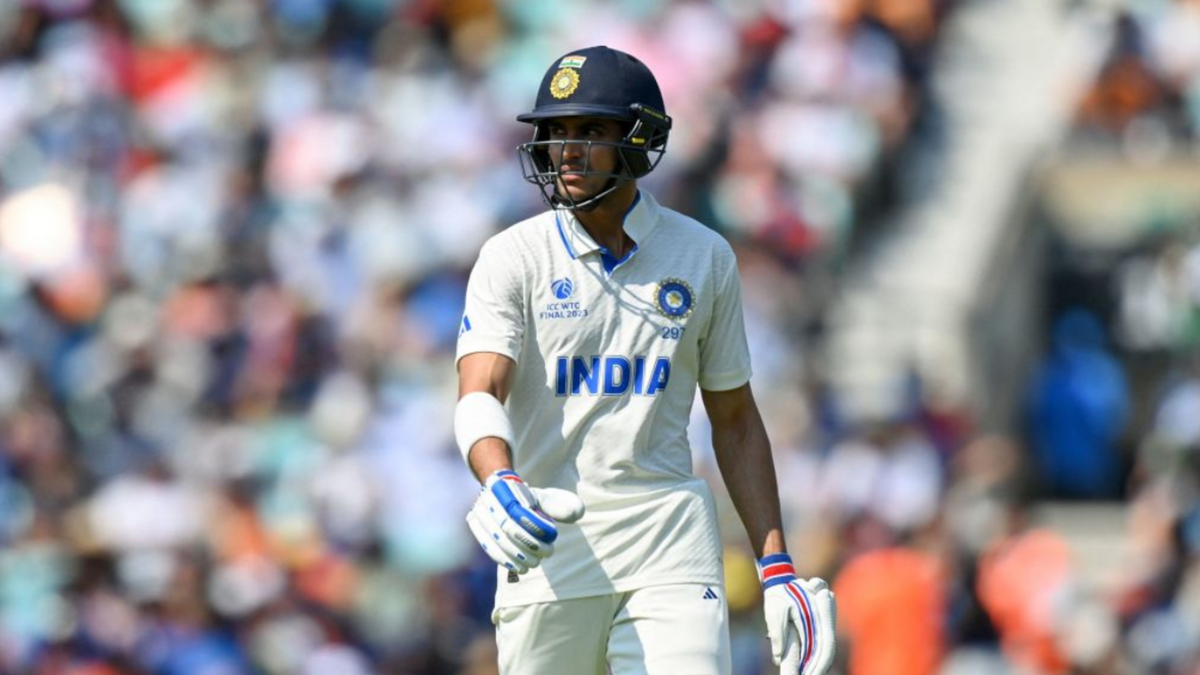
Shubman Gill has come of age as a limited-overs batter in 2023, but his Test game is still far off from what it promises, writes Naman Agarwal.
When Gill edged a cover drive off Nathan Lyon to slip at the Gabba, there was widespread disappointment over a lost opportunity. The 21-year-old had just missed out on a scintillating, counter-attacking century at one of the toughest tracks for a visiting team, in an improbable run-chase.
The dismissal came against the run of play, but when the shock subsided, a sense of realisation hit Indian fans. If Gill could do this in just his third Test, before he’d even turned 22, the pressure being at his highest, one could only imagine the sort of batting beast he could mature into further into his career.
Two and a half years since that 91 at the Gabba, Gill has fulfilled the prophecy, but only partially.
He has displaced Shikhar Dhawan as the opening partner of Rohit Sharma in the ODI side, racking up 1,262 runs at an average of 74.2 and a strike rate of 109.5 since 2022. In T20s, he has turbo-charged his strike rate from 127.8 pre-2023 to 159.18 since. His Test game, though, hasn’t quite lived up to the billing.
The first outing may have not resulted in success, but there’s a feeling that he has moved into his spiritual home in the batting order.
Gill took some time to turn a corner in white ball cricket, but now that he has, he looks scarily good and will be a vital cog in India’s World Cup plans later this year and hopefully, several more in the future.
Similarly, there are high expectations of him in Tests, which is why it is hard to accept that he has not cracked the format so far, albeit he still to clock even 20 appearances.
Now that he has moved into No.3 – according to Rohit Sharma, Gill himself asked coach Rahul Dravid if he could play there –it is another opportunity to make a new beginning of sorts.
Gill is supposed to be the next big all-format batting superstar from India after Virat Kohli. He has always looked like one in the making, right from his age-group days, and his timeline of progression so far has been pretty much on expected lines, except for the minor blip in Test cricket so far. It’s just a question of when he makes the switch in the format, and not if. And if things go to plan, it shouldn’t be too long before he does.








